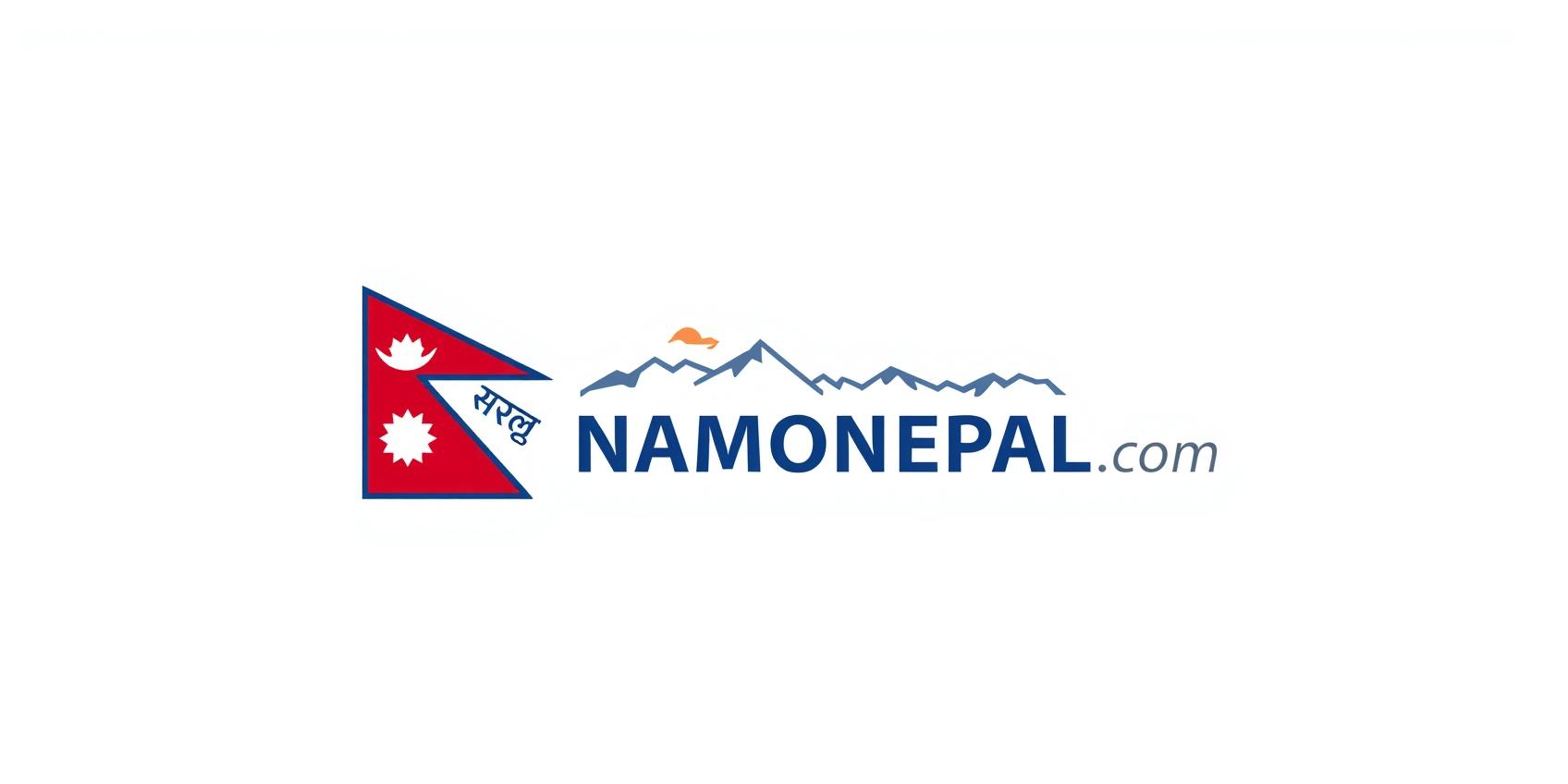Langtang Valley & Kyanjin Gompa
The Valley of Glaciers and Tamang Culture Trek
The trail winds through rhododendron forests, terraced fields, and high-altitude yak pastures before opening into the spectacular Langtang Valley.
Start Your TrekHighlights – What Makes Langtang Special?
Langtang National Park
Trek through a conservation area, home to red pandas and diverse flora.
Sacred Monastery
Visit the spiritual heart of the valley, the serene Kyanjin Gompa at 3,870m.
Majestic Glacial Views
Enjoy panoramic views of Langtang Lirung, Dorje Lakpa & Gangchempo peaks.
Authentic Tamang Life
Experience the warm hospitality and Tibetan-influenced Tamang culture.
Yak Cheese Factory
Taste local specialty: freshly made yak cheese at Kyanjin’s famous factory.
Valley of Glaciers
Explore glacial valleys, high-altitude lakes, and alpine meadows.
Langtang Valley – The Valley of Glaciers
Just a few hours north of Kathmandu lies one of Nepal’s most breathtaking trekking destinations: Langtang Valley and Kyanjin Gompa. Known as the “Valley of Glaciers,” Langtang combines dramatic Himalayan landscapes, ancient Buddhist culture, and warm local hospitality. The trail winds through rhododendron forests, terraced fields, and high-altitude yak pastures before opening into the spectacular valley. At its heart lies Kyanjin Gompa, a serene monastery surrounded by snow-capped peaks. Whether you seek cultural immersion, adventure, or simply the beauty of the Himalayas, Langtang Valley offers a journey that feels both remote and deeply rewarding.
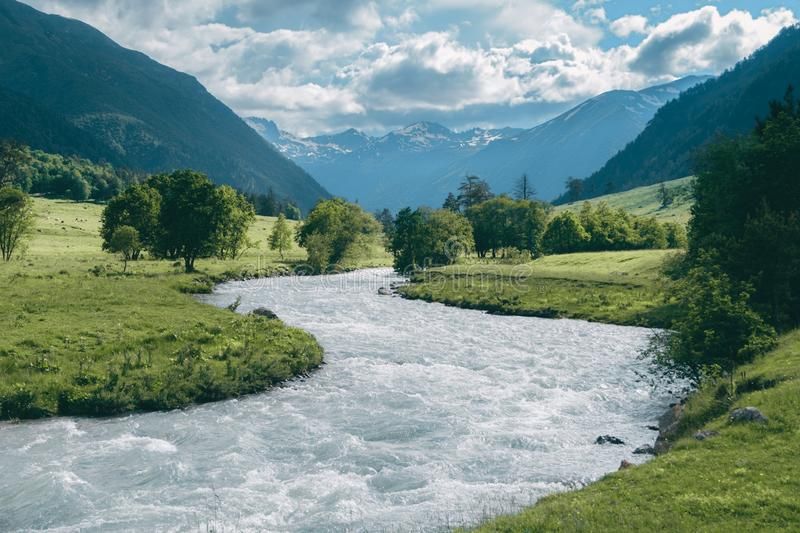
Trekking & Adventure in Langtang Valley
The Langtang Valley trek is one of Nepal’s most accessible Himalayan adventures, perfect for those seeking a shorter yet rewarding journey. Starting from Syabrubesi, the trail ascends through lush forests alive with red pandas and Himalayan birds, before opening into alpine meadows and glacial rivers. The valley itself is framed by towering peaks, offering awe-inspiring vistas at every step. Adventure seekers can extend the trek to Tserko Ri (4,984m) for stunning sunrise views, or hike to Langshisha Kharka, a high pasture surrounded by icy giants. Unlike more crowded treks, Langtang offers both serenity and adventure in equal measure.
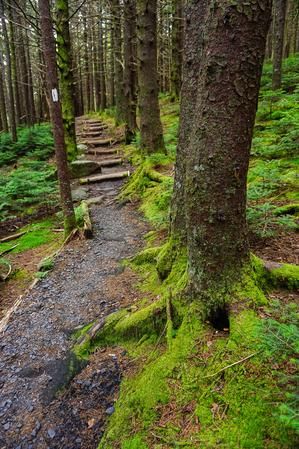
Culture & Local Experiences in Tamang Villages
Langtang Valley is home to the Tamang people, whose culture is deeply influenced by Tibetan Buddhism. Villages along the trail display traditional stone houses, fluttering prayer flags, and chortens that embody spiritual devotion. The highlight, Kyanjin Gompa, is a centuries-old monastery that remains a living center of worship. Visitors can witness monks chanting, spinning prayer wheels, and practicing age-old rituals. Immersing yourself in Tamang hospitality—sharing stories over butter tea or observing traditional dances—creates a cultural connection that makes the trek more meaningful. Here, the Himalayas are not just landscapes but also a way of life.
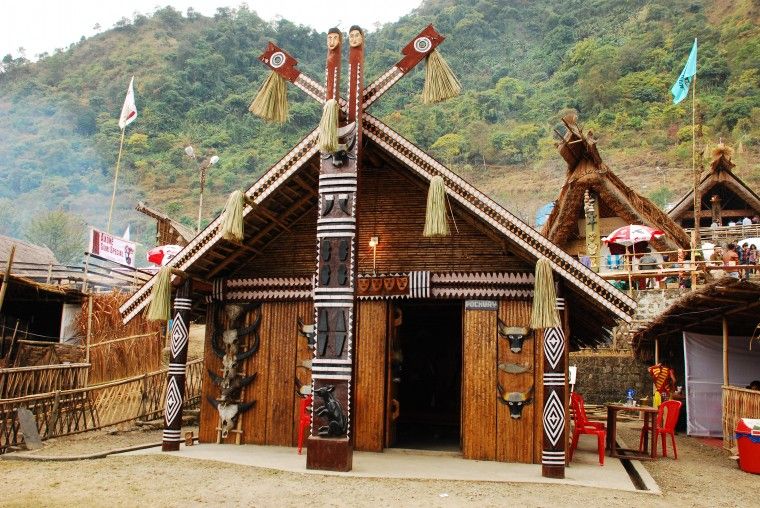
Food & Culinary Discoveries: Yak Cheese and Thukpa
Food in Langtang Valley is simple, hearty, and shaped by high-altitude living. Trekkers can enjoy staples like dal bhat (rice and lentils), momos (dumplings), and warming noodle soups. The region is particularly famous for its yak cheese, produced locally in Kyanjin. Pairing fresh yak cheese with Tibetan bread or sipping hot butter tea while gazing at the mountains is an experience not to be missed. Tea houses offer home-cooked meals, where the act of dining is also a moment of cultural exchange. In Langtang, food nourishes both the body and spirit of the traveler.
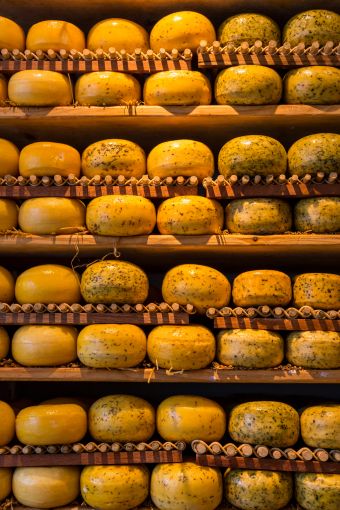
Attractions & Must-Visit Sites
The Langtang trek is rich with sites that blend natural beauty and deep cultural significance:
- Kyanjin Gompa Monastery: Spiritual heart of the valley with breathtaking surroundings.
- Tserko Ri (4,984m): A challenging climb offering spectacular sunrise views of the Himalayas.
- Yak Cheese Factory: Taste freshly made yak cheese, a local specialty.
- Langshisha Kharka: Remote pastureland encircled by towering glaciers.
- Langtang National Park: Rich in biodiversity, with chances to spot wildlife like red pandas and Himalayan tahr.
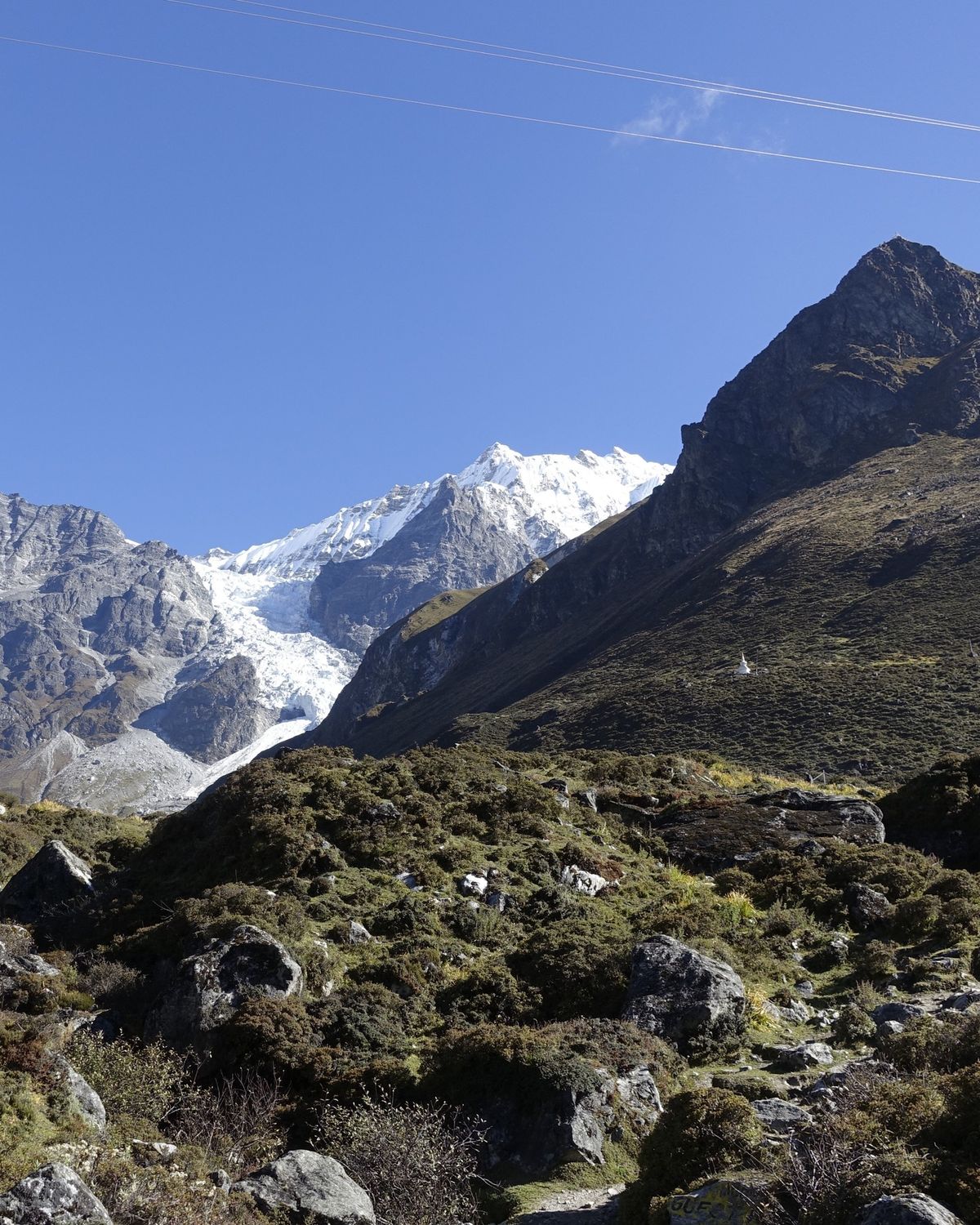
Frequently Asked Questions
1. How long is the Langtang Valley trek?
Typically, the trek takes 7–10 days, depending on your itinerary and side trips like Tserko Ri.
2. What is the best time to trek Langtang Valley?
The best seasons are spring (March–May) and autumn (September–November) for clear skies and ideal trekking conditions.
3. Is Langtang suitable for beginner trekkers?
Yes, Langtang is considered a moderate trek, suitable for beginners with good fitness. Altitude acclimatization is still important.
4. What kind of accommodations are available?
Tea houses and lodges provide basic but comfortable stays with meals, cozy dining halls, and Himalayan hospitality.
5. Do I need a guide or porter for the trek?
While independent trekking is possible, hiring a local guide and porter enriches the experience with cultural insights and safety support.
6. Can I try local food in Langtang Valley?
Yes! Tea houses serve authentic Nepali and Tibetan-influenced meals, with yak cheese and butter tea as must-try specialties.
Discover the Heart of the Langtang Himalayas
Langtang Valley is a deeply rewarding journey. Whether you come for trekking, cultural immersion, or simply to experience the peace of mountain life, Langtang offers it all.
Book Now